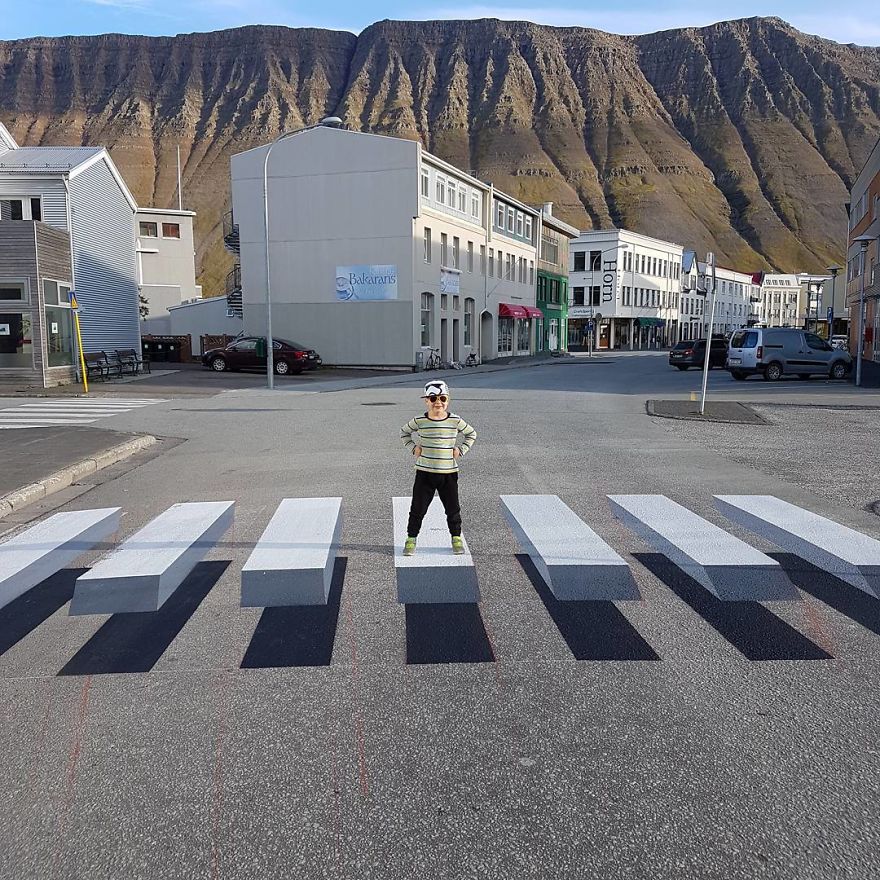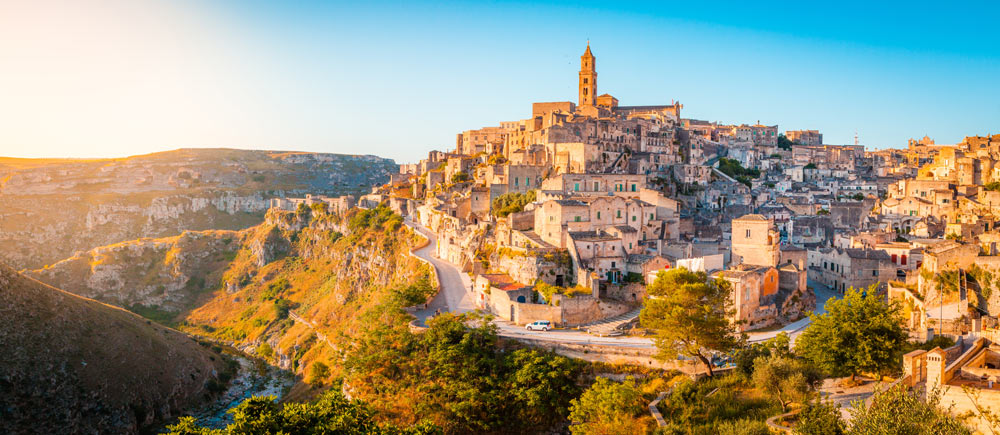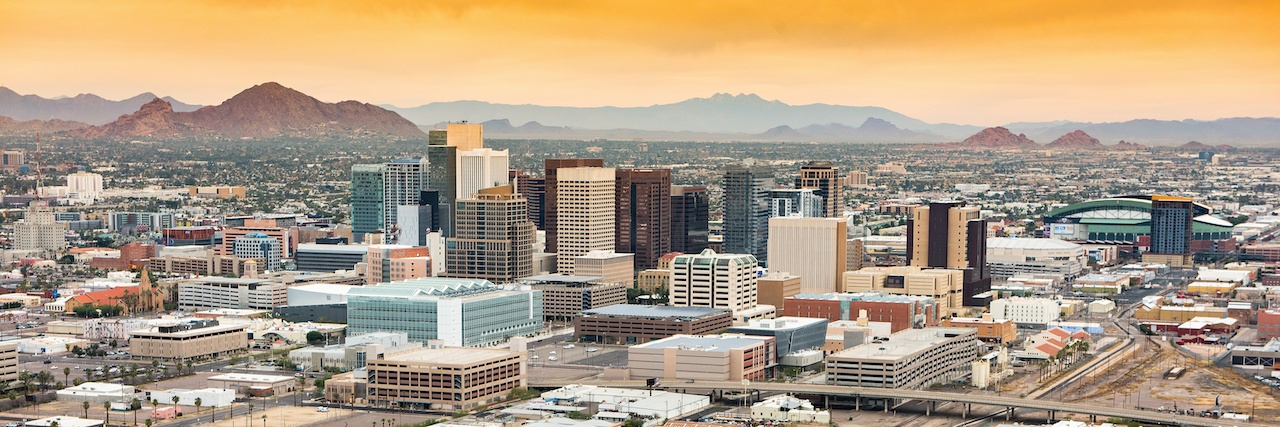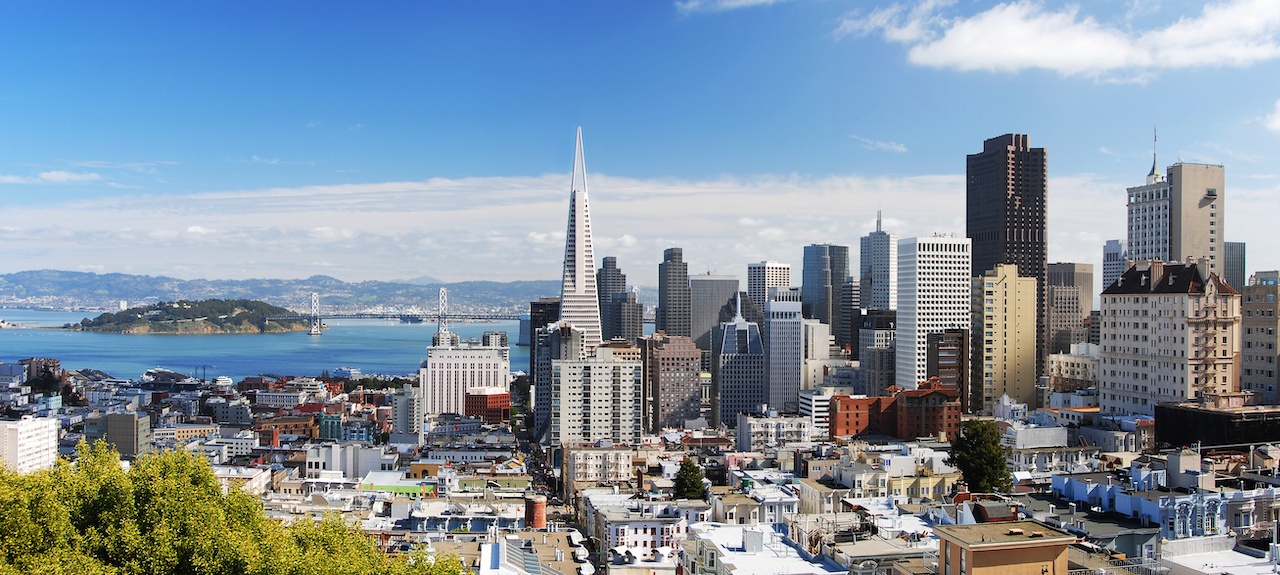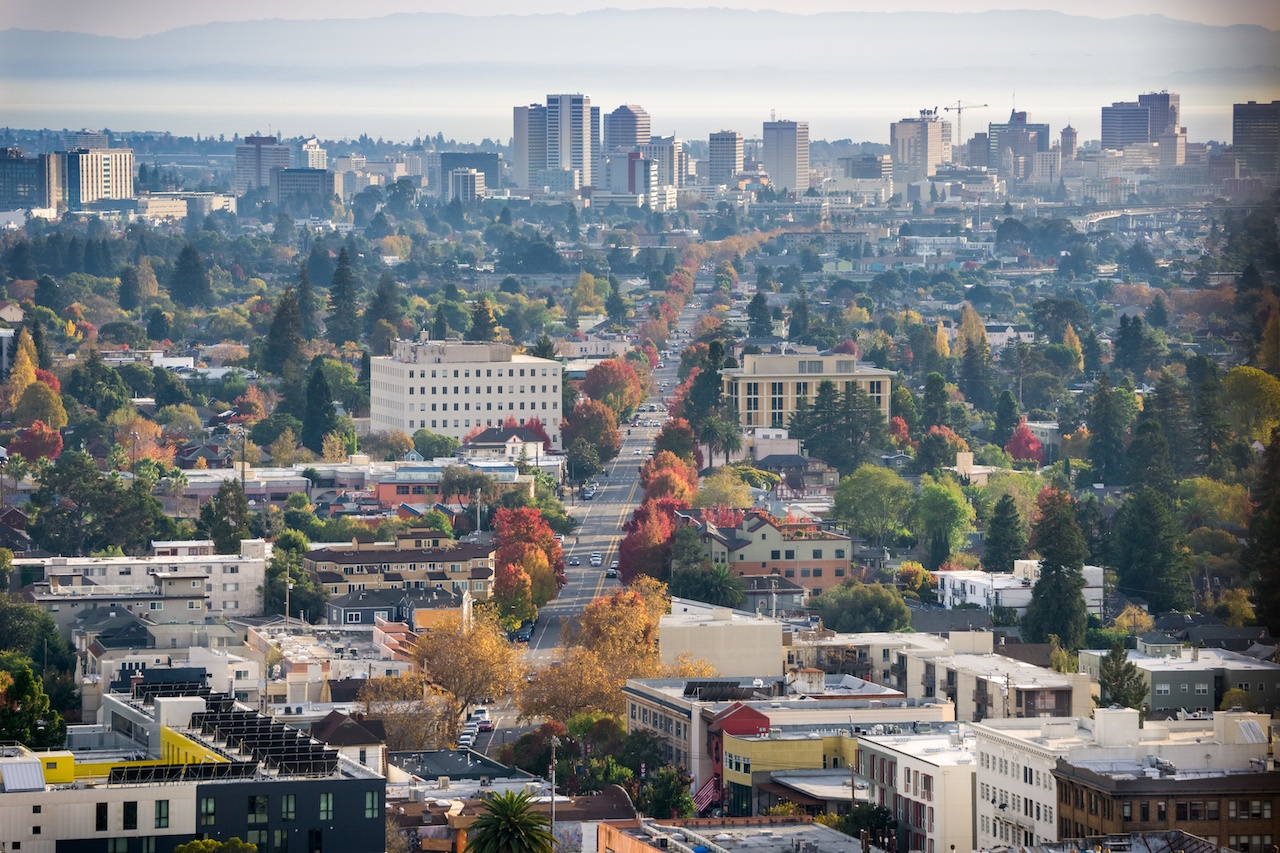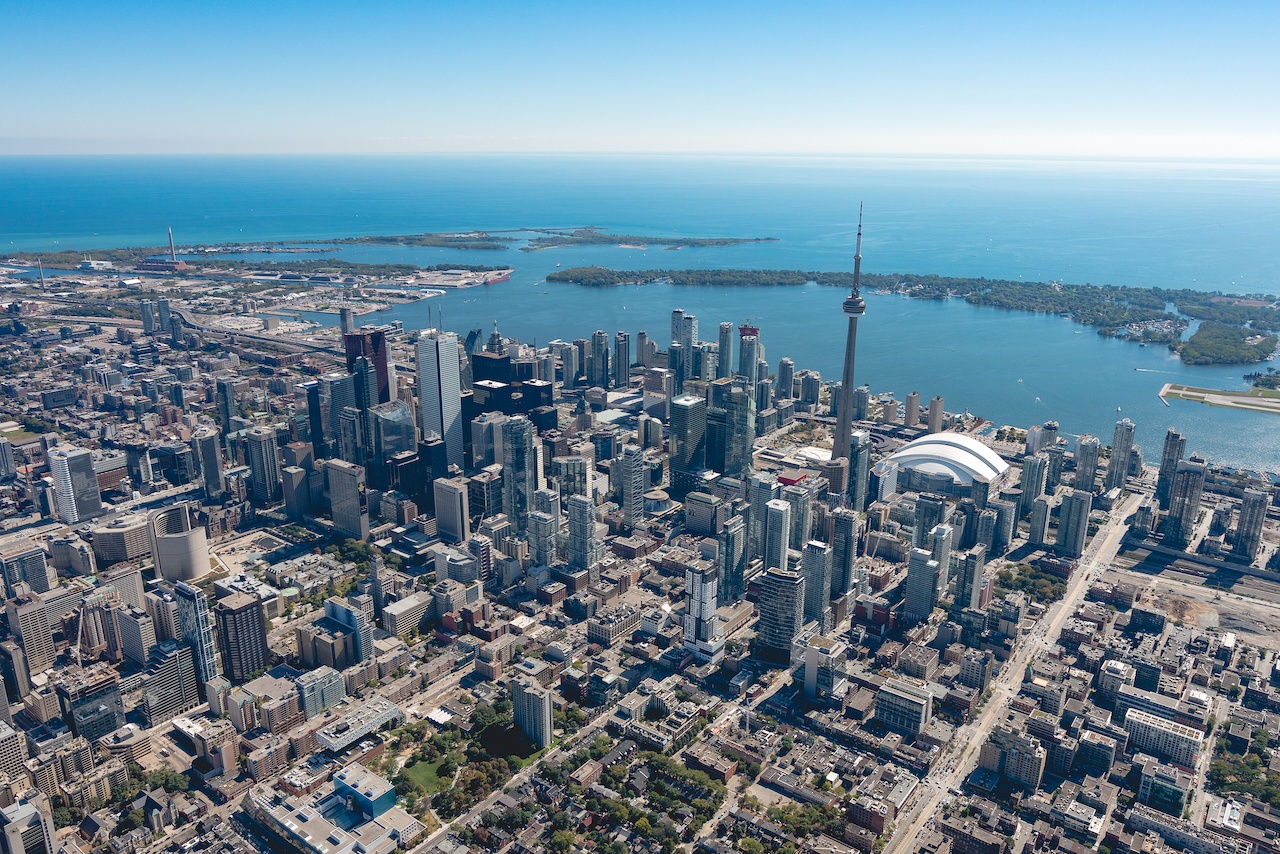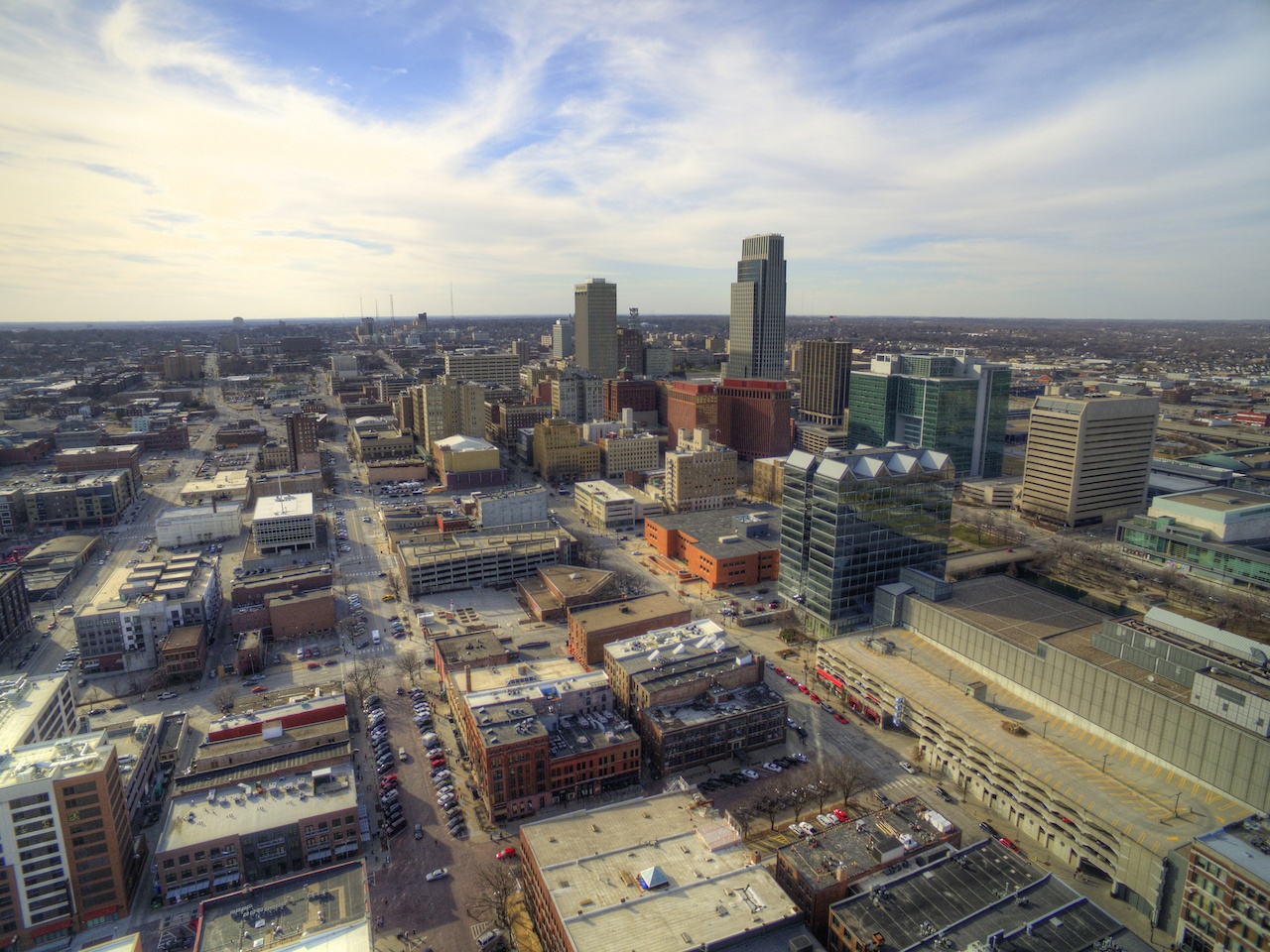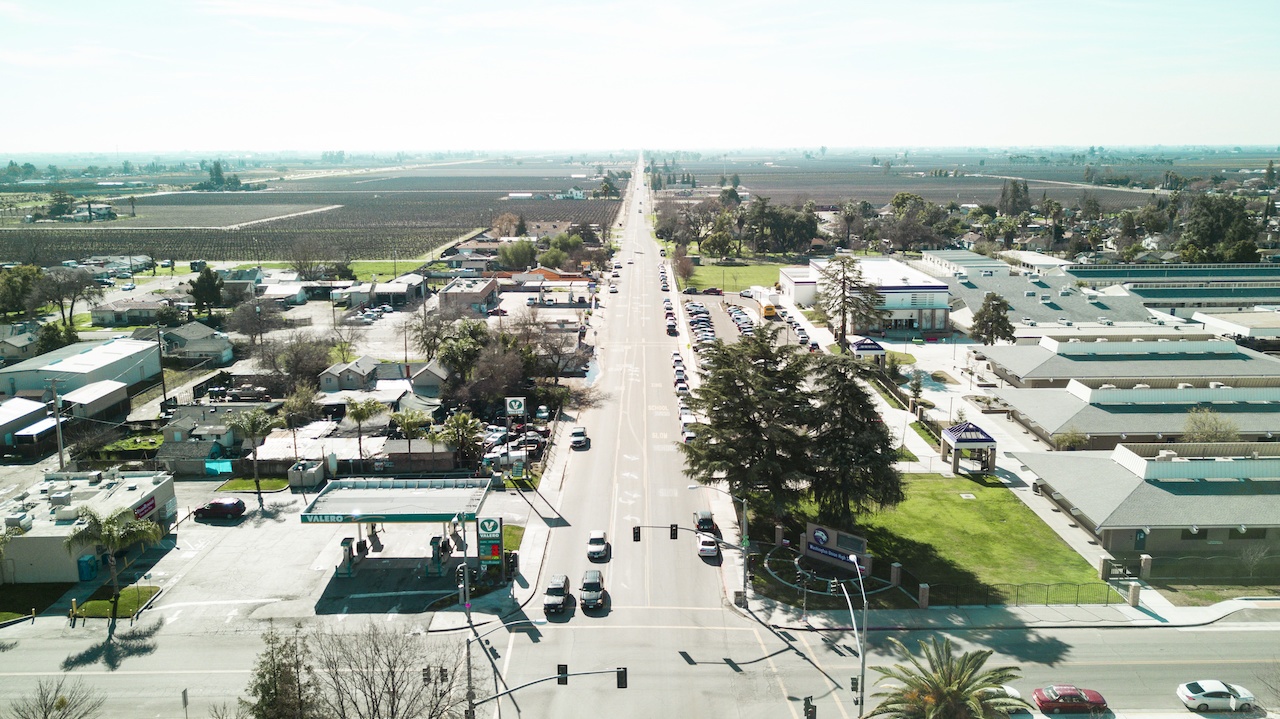Society
A broad category of content focused on societal issues in cities.
Examples: health, community, social equity, education, arts & culture, and homelessness.
A Book Review of Jeff Speck’s “Walkable City Rules”
Unlike most planning books, which set their sights for twenty, sometimes fifty, years into the future, Speck’s book is for now. Actually, it’s long overdue.
I wish I had Walkable City Rules fifteen years ago, to distribute to mayors, city administrators, DOT engineers, and developers. When I was the City Designer for the City of Davenport, Iowa, I helped prepare informational packets for the council, design review board, and planning commission. This paperwork would have gone much faster if I could have copied relevant rules from Speck’s book to include in those packets. My discussions with the state highway engineers and our own Public Works Department would have been more fruitful, and meetings more efficient, had I been able to pass out rules on why traffic lanes should be narrowed, curb-cuts eliminated, and angled parking allowed. There would have been fewer walls in City Hall I beat my head against had developers been shown Speck’s reasoning large parking lots in front of their retail centers is not a good thing (and that including housing in those retail centers is a good thing).
How Circular Economies Will Drive a New Urban Metabolism
In a circular city, “reduce-reuse-recycle” will replace “take-make-dispose”. Urban mobility will be carbon-neutral, relying on low- to zero-emission vehicles within a broader energy network powered by renewables. Cities and businesses will also generate savings from using recycled building materials and turning waste into fuel to power buses.
In other words, circular cities will blend ancient approaches with modern technologies. But how will they do it, and where will the money come from?
Closing the Water Access Gap in the United States
Today, over 2 million Americans are living without access to clean, running water. The newly released ‘Close The Water Gap’ report by DigDeep and the US Water Alliance pulls back the veil on America’s hidden water crisis.
This is the first-ever comprehensive look at indoor water access across the United States, and its findings are explosive: Race is the strongest predictor of vulnerability. In six states (plus Puerto Rico), progress is actually backsliding. More than 44 million Americans are served by water systems with recent violations of the Safe Drinking Water Act.
Using Data to Reduce Public Health Risk
Addressing the impact of heat on health is well-aligned with MCDPH’s vision and mission “to make healthy lives possible” by protecting and promoting the health and well-being of MC residents and visitors. The climate has significant impacts on our community’s health. Through extensive surveillance and community surveys, we have demonstrated the importance of local public health data to increase buy-in from new and existing partners and obtain funding to address this significant public health issue. We encourage other health departments to consider the power of data and collaboration as they seek methods for protecting the public’s health from a changing climate.
Cities’ Climate Innovations Are Driving the Next Urban Transformation
Earlier in 2019, Vancouver’s city council declared a climate emergency and adopted a new set of climate-action targets that pushed its already aggressive goals to a new level. In response to the urgent need to hold global warming to below 1.5°C, the city set a new goal of being carbon neutral by 2050.
A Breakdown of San Francisco’s Affordable Housing Crisis
There is a definitive need for affordable housing programs for low-income households. But there is also clearly a need for housing assistance for people earning up to and beyond the city’s median income. When available funds and programs don’t align well with defined needs – and there is simply not enough money to solve the problem, the housing affordability challenge can seem insurmountable. If there is a silver lining to the current state of housing in the Bay Area, it’s that the affordability crisis has served as a much-needed call to action. Under a regional framework known as the 3Ps (production, preservation, and protections), new programs that seek to facilitate new housing construction, preserve existing affordable housing, and to enact tenant protections have been tried, tested, funded, and legislated at the local, regional, and state levels.
MetroLab’s 10 Principles for Government + University Partnerships
Using tools like algorithms and sensors, smart cities increase the quality of life for their residents, by making these communities cleaner, safer and healthier. When done thoughtfully smart cities efforts can also strive to make cities more inclusive and equitable. At the end of the day, it’s all about the people who live in these communities and making their interactions with city and/or county services easier and better.
Climate Change is Challenging Historic Assumptions for Urban Resilience
Climate change impacts can be a confusing and complicated topic. What are vulnerabilities, when should we be concerned, how much is it going to cost? While all of these are critical questions, the protection of communities can start with one question:
Is our community protecting public health and safety by preparing for a future environment?
Preparing a community for climate resilience requires an understanding of future conditions, a strategy for adaptation, and a commitment to designing and building a community that values public health and safety.
Redefining Philanthropy for Urban Resilience
Building fairness and greater equity means ensuring all Torontonians have access to and can capitalize on the positive opportunities on offer in our city. To do so, we need to be thoughtful stewards of what makes our city an excellent place to live.
The “new” philanthropy, as I see it, needs to play a role in getting us there. The new philanthropy is participatory. It thinks about and changes the distribution of power. It amplifies the voices of those with “living experience” of the challenges it aims to alleviate. It sets the kind of table where all can have a seat and share, in spite of the different perspectives that are on the menu. It aims to move the money equitably and disrupt giving patterns.
A Comparison of the World’s 1,000 Largest Urban Areas
In recent years, the world’s urban population has exceeded the rural population for the first time. Yet to read some reports, one could get the impression that the typical urban resident lives in one of the largest cities, like Manila, Shanghai, London, or Seoul. In fact, the megacities have only 8.4 percent of the world’s population. Nearly twice that number live in urban areas with fewer than 100,000 residents (Figure 2). In the US, any settlement with a population of 2,500 is considered an urban area.
6 Principles for Creating Walkable Spaces
It may sound like a no brainer, but nailing down the data is the foundation for getting buy-in for tackling next step actions and critical strategy for reducing speeds and putting people first. A sound analysis sets the stage for addressing outdated policies and road design, and allows for consideration of tackling the most equitable projects first.

